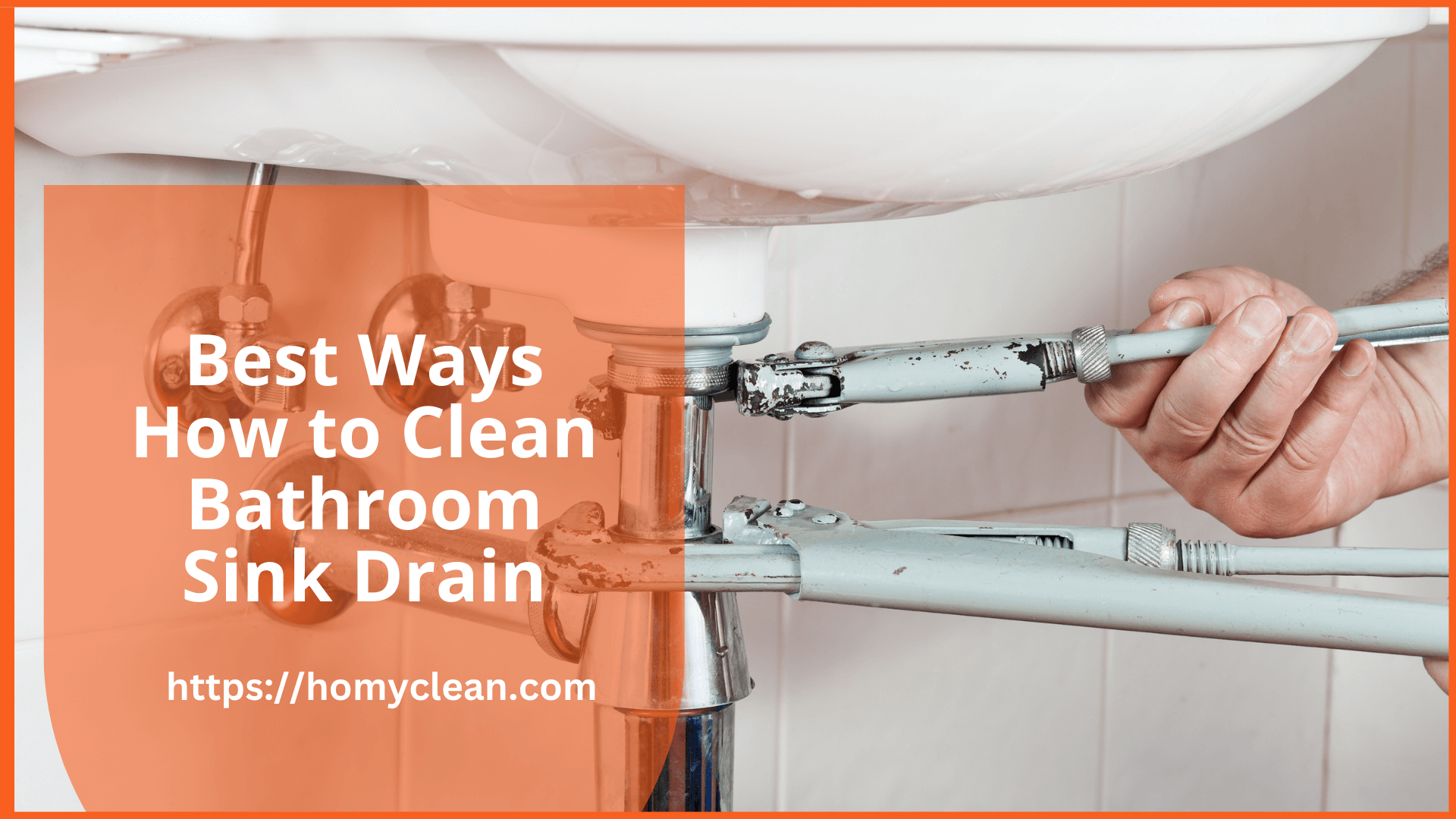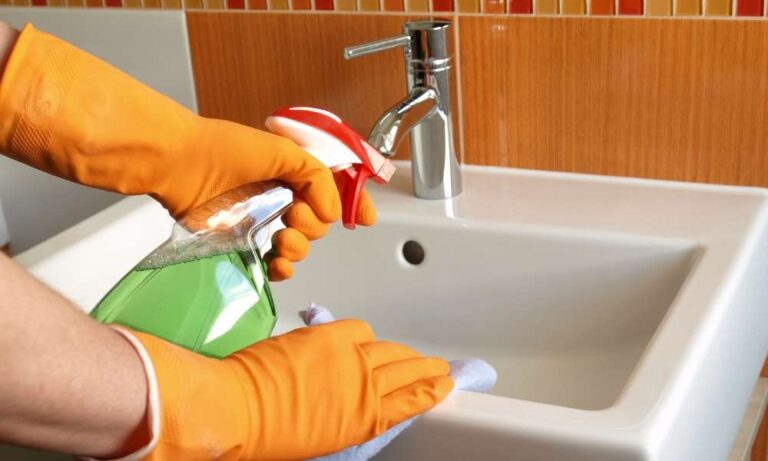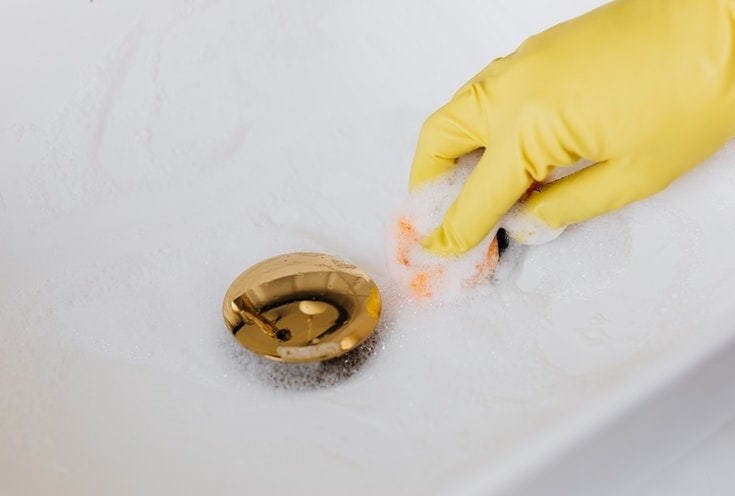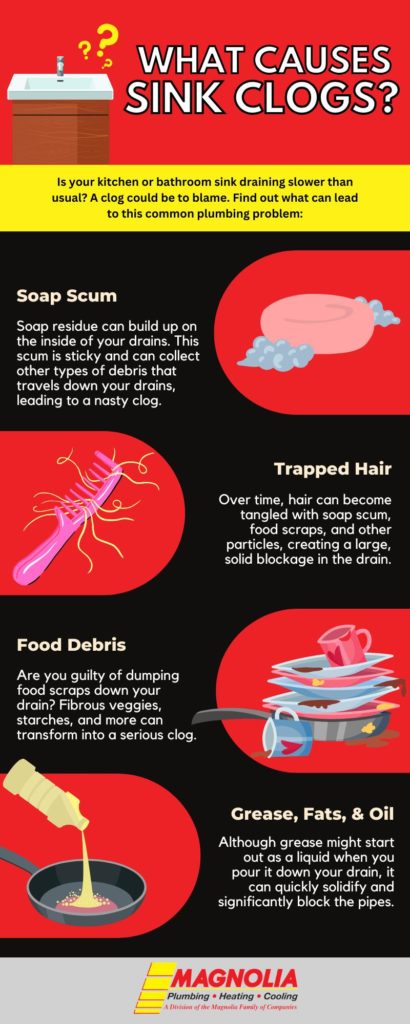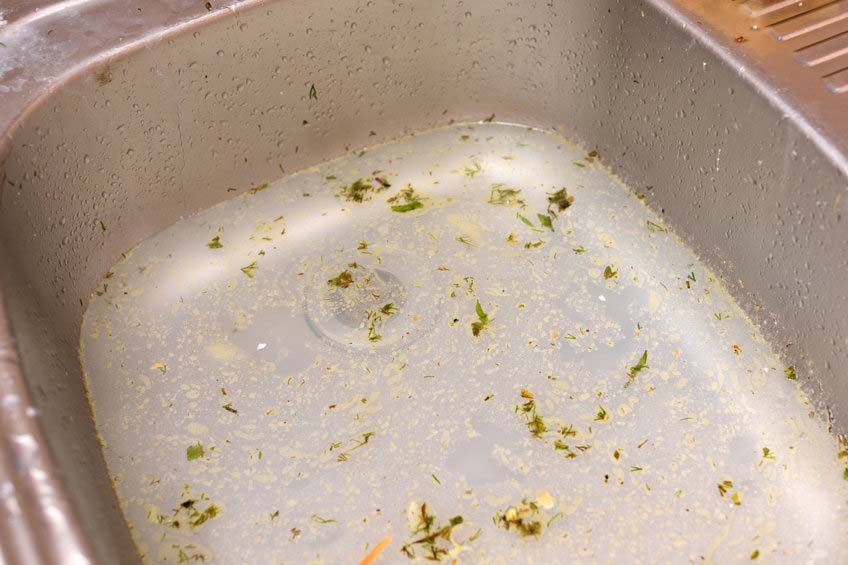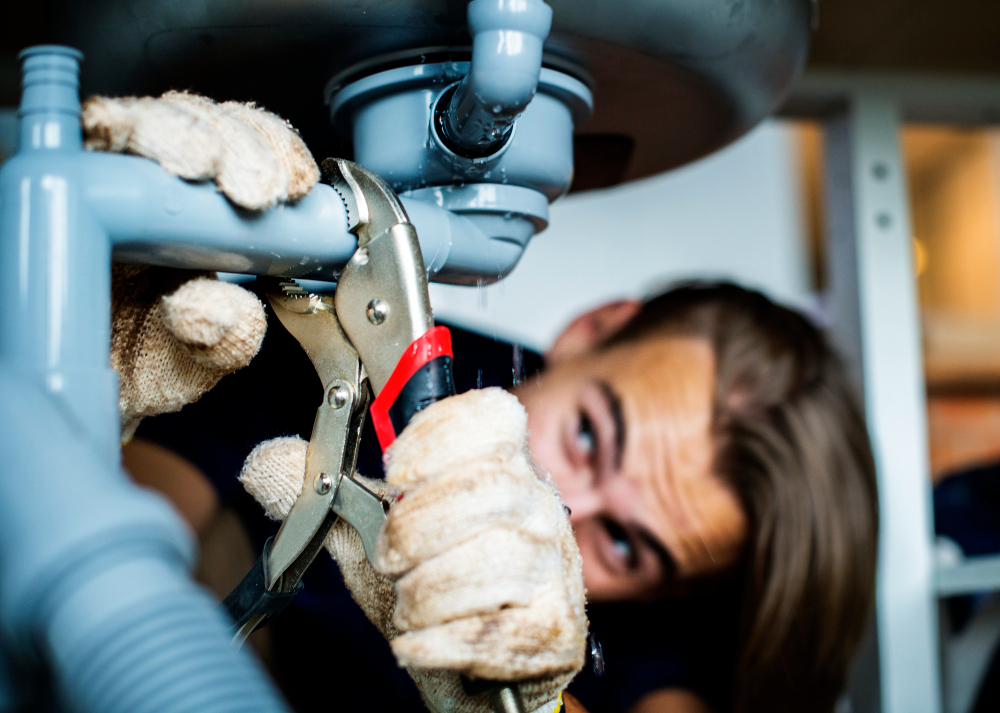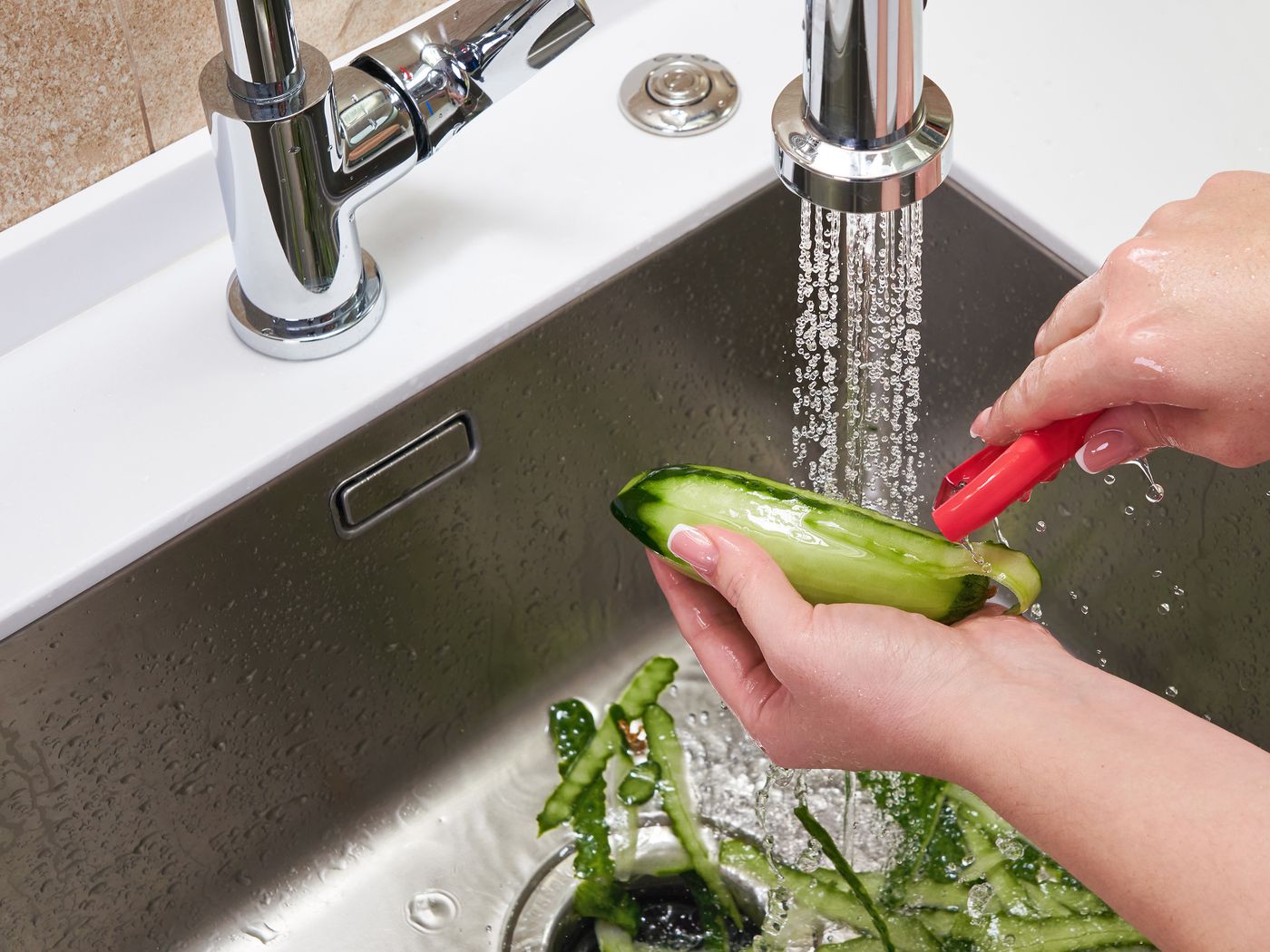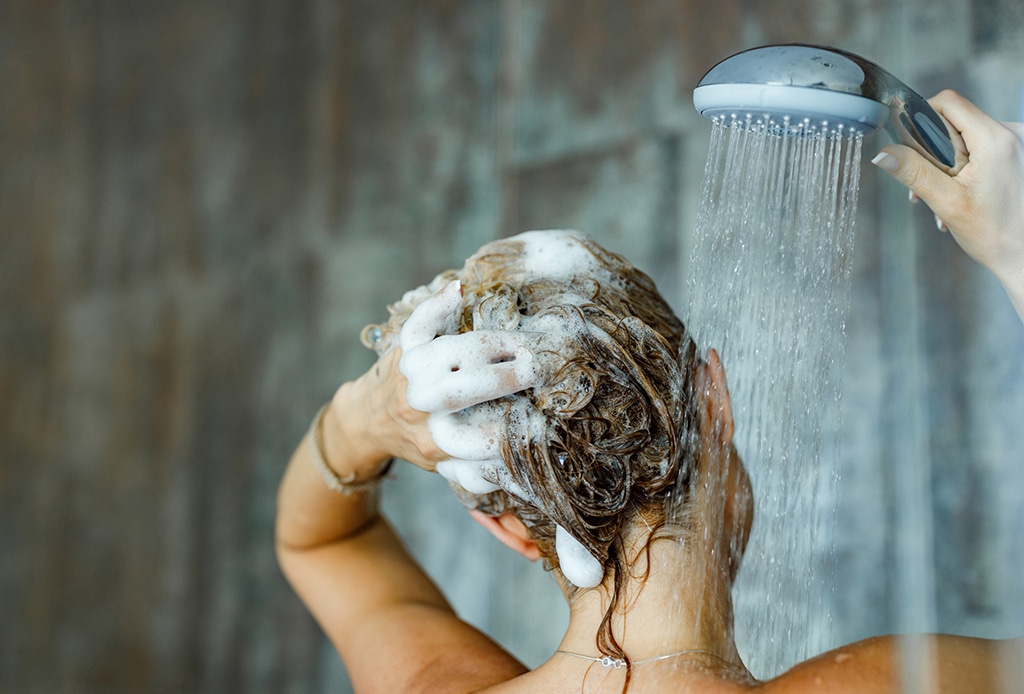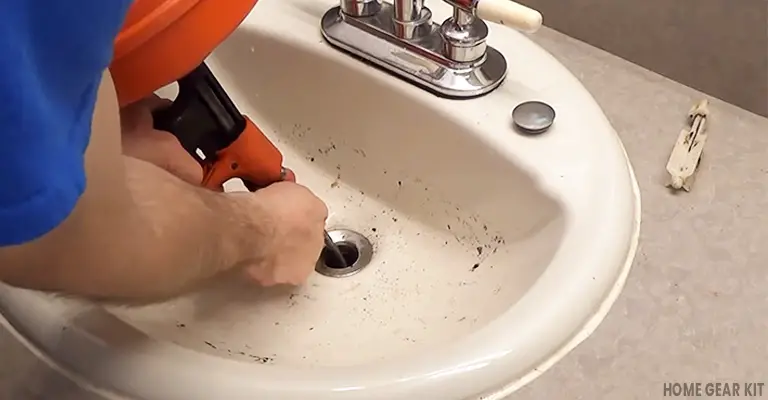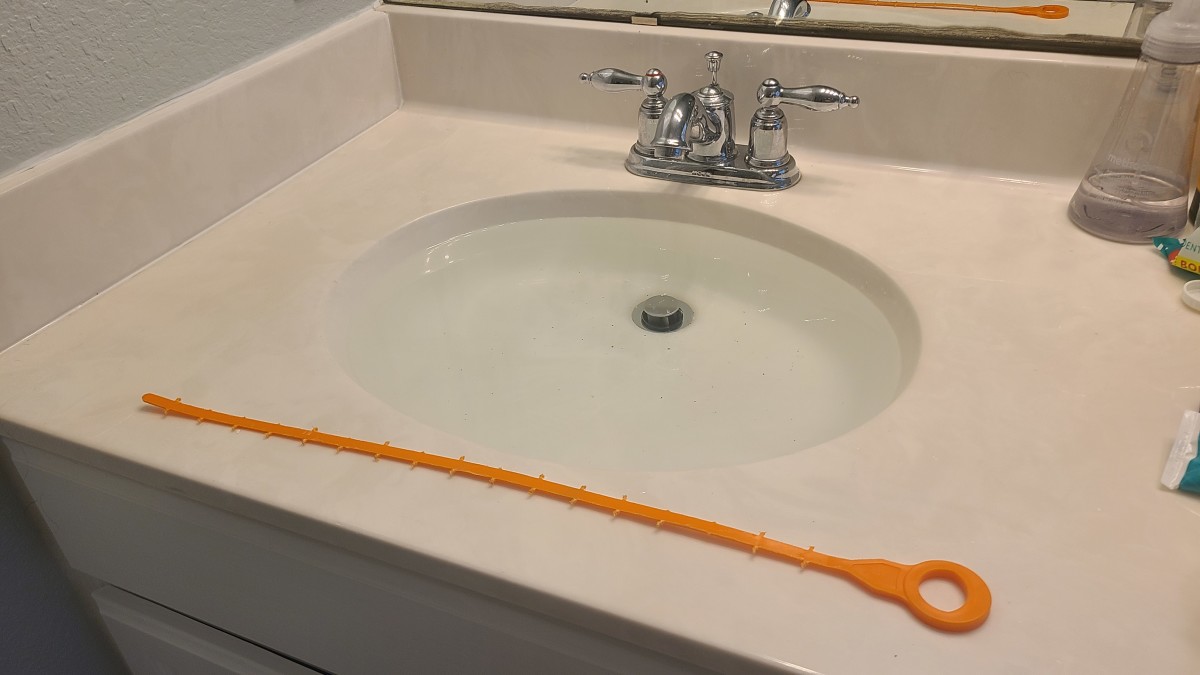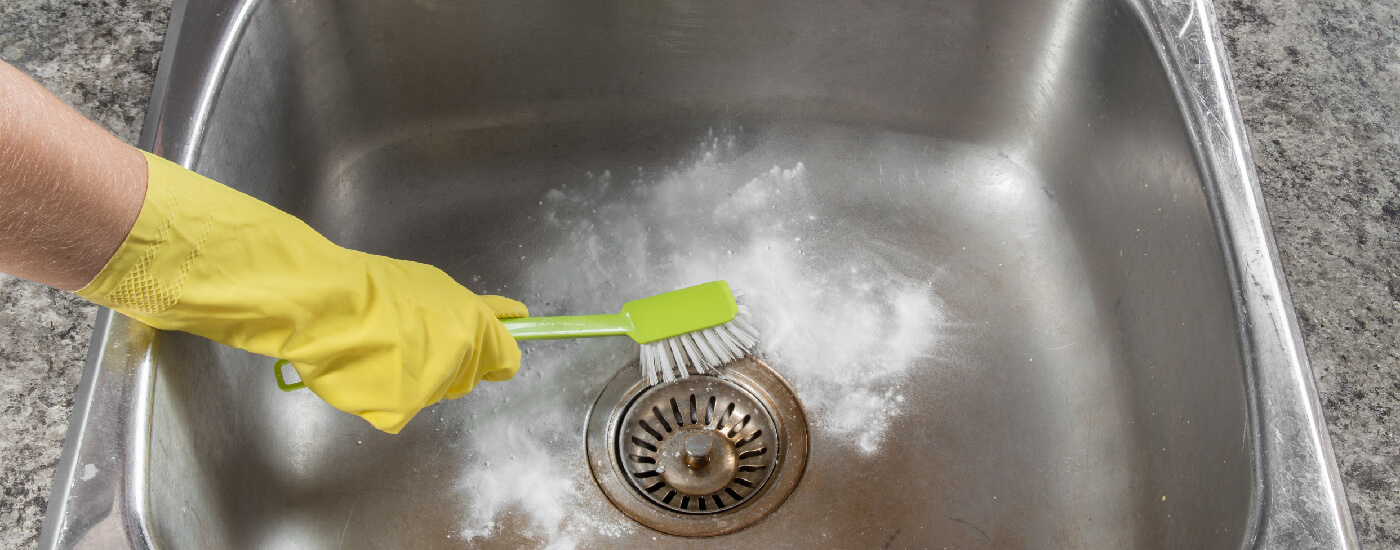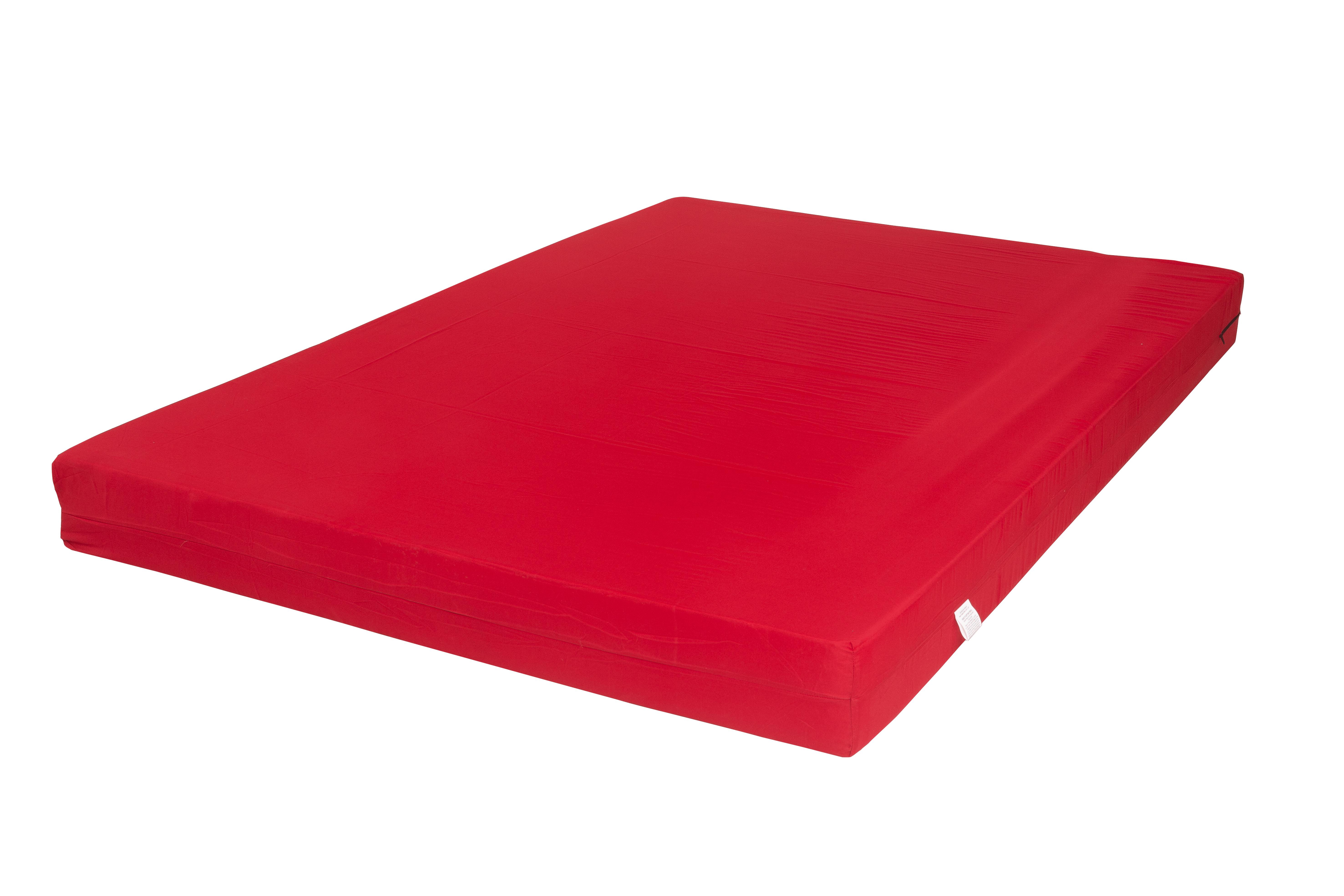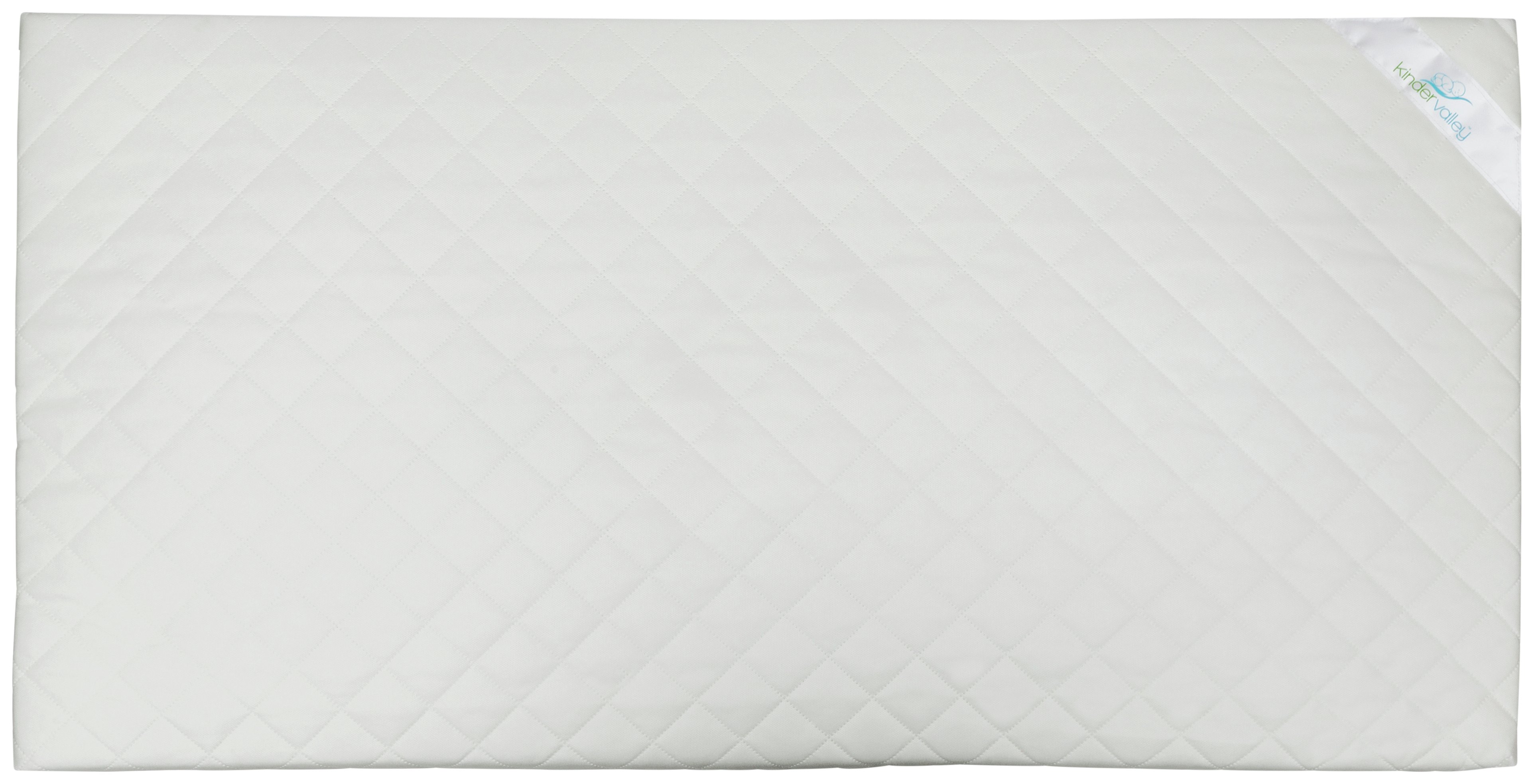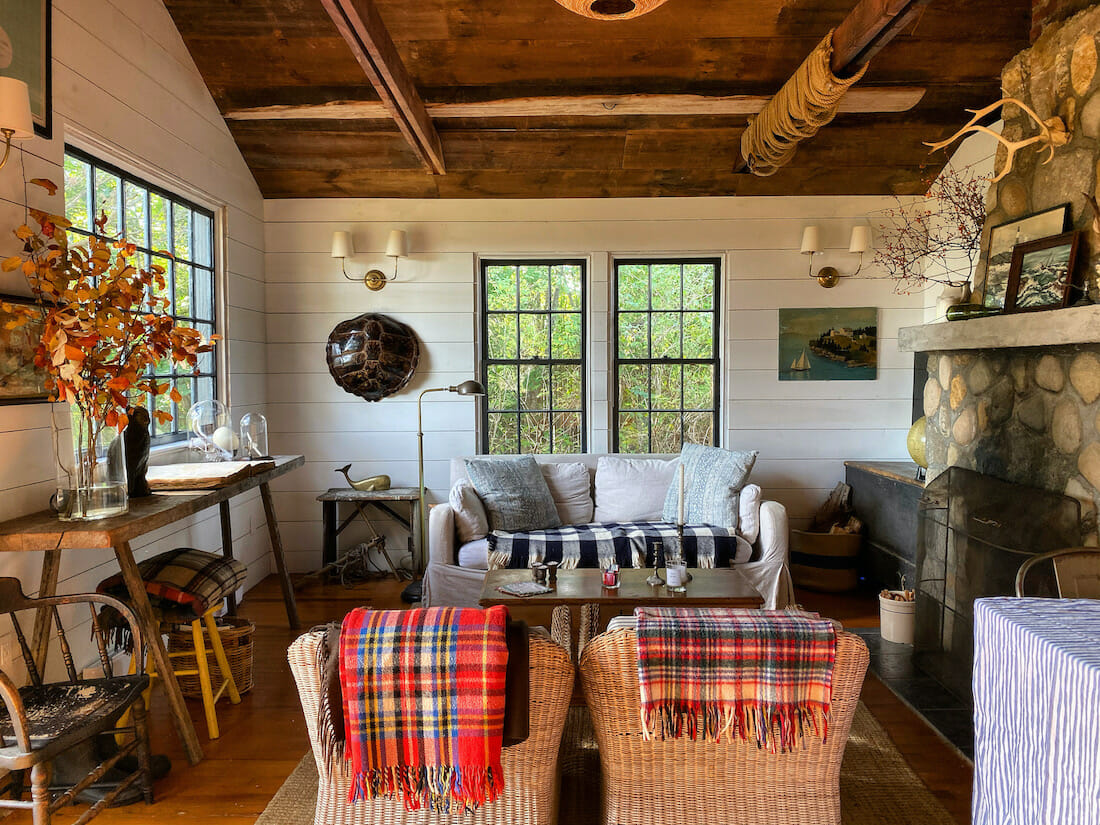Bathroom Sink Drains: A Complete Guide
When it comes to your bathroom sink, the drain is an essential component that often goes overlooked. Without a functioning drain, your sink can become a breeding ground for bacteria and unpleasant odors. That's why it's important to understand the ins and outs of bathroom sink drains and how to keep them in top working condition.
How to Fix a Clogged Bathroom Sink Drain
Dealing with a clogged bathroom sink drain is a common household problem. It can be caused by a buildup of hair, soap scum, and other debris. The first step in fixing a clogged drain is to try using a plunger. If that doesn't work, you can use a drain snake or a mixture of baking soda and vinegar to break up the clog. For more stubborn clogs, it may be necessary to remove the drain stopper and clean it out manually.
Troubleshooting Common Bathroom Sink Drain Problems
While a clogged drain is a common issue, there are other problems that can arise with bathroom sink drains. These can include leaks, slow draining, and unpleasant odors. If you notice any of these issues, it's important to address them quickly to prevent further damage. Leaks can be caused by loose connections or damaged pipes, while slow draining may be a sign of a clog or a blocked vent. Unpleasant odors can be a result of a buildup of bacteria or mold in the drain.
How to Install Bathroom Sink Drains
If you're remodeling your bathroom or simply need to replace an old drain, knowing how to properly install a bathroom sink drain can save you time and money. The process involves removing the old drain, cleaning the area, and installing the new drain and stopper. It's important to make sure all connections are tight and properly sealed to prevent leaks.
Understanding the Different Types of Bathroom Sink Drains
There are several types of bathroom sink drains, each with its own unique design and function. The most common types include a pop-up drain, a push-button drain, and a lift-and-turn drain. Pop-up drains are the most popular, as they can easily be opened and closed by pushing or pulling on the stopper. Push-button drains have a similar mechanism, but with a button on top of the stopper. Lift-and-turn drains require the user to twist the stopper to open and close it.
Tips for Keeping Your Bathroom Sink Drain Clean and Clear
Prevention is key when it comes to maintaining a clean and clear bathroom sink drain. Regularly cleaning the drain with a mixture of baking soda and vinegar can help prevent clogs and keep odors at bay. Avoid pouring grease or oil down the drain, as it can solidify and cause clogs. Using a drain cover can also help catch hair and other debris before it reaches the drain.
Common Causes of Bathroom Sink Drain Clogs
Knowing the common causes of clogged bathroom sink drains can help you take preventive measures. Some of the most common causes include hair, soap scum, and toothpaste buildup. It's also important to be mindful of what is being flushed down the drain, as objects like cotton balls and feminine hygiene products can cause clogs. Regular maintenance can help prevent these clogs from occurring.
How to Unclog a Bathroom Sink Drain Without Chemicals
If you prefer to avoid using harsh chemicals to unclog your bathroom sink drain, there are several natural methods you can try. As mentioned earlier, a mixture of baking soda and vinegar can be effective in breaking up clogs. Another method is using a plumbing snake, which can be inserted into the drain and twisted to break up the clog. Regular maintenance and prevention can also help reduce the need for chemical drain cleaners.
The Importance of Properly Venting Bathroom Sink Drains
In addition to keeping your drain clean and clear, proper venting is essential for the overall health and functionality of your bathroom sink drain. Vents allow air to flow freely through the drain, preventing air pressure buildup and allowing water to flow smoothly. Without proper venting, your drain may experience slow draining, gurgling noises, and even foul odors.
How to Replace a Bathroom Sink Drain
If your bathroom sink drain is beyond repair, you may need to replace it altogether. This process involves removing the old drain and installing a new one. It's important to make sure the new drain is the correct size and type for your sink, and that all connections are properly sealed. If you're not confident in your plumbing skills, it's best to hire a professional to ensure the job is done correctly.
In conclusion, your bathroom sink drain plays a crucial role in the overall functionality and cleanliness of your bathroom. By understanding how to maintain and troubleshoot common issues, you can keep your drain in top working condition and avoid costly repairs. Remember to regularly clean and prevent clogs, and to seek professional help if needed. With proper care, your bathroom sink drain will continue to efficiently and effectively serve its purpose for years to come.
The Importance of Properly Functioning Bathroom Sink Drains for Your House Design

Why Bathroom Sink Drains are Often Overlooked
 When designing or renovating a house, many homeowners tend to focus on the aesthetics and functionality of the larger elements such as flooring, walls, and furniture. However, one crucial element that is often overlooked is the
bathroom sink drain
. While this may seem like a minor detail, a properly functioning sink drain can make a significant impact on the overall design and functionality of your bathroom.
When designing or renovating a house, many homeowners tend to focus on the aesthetics and functionality of the larger elements such as flooring, walls, and furniture. However, one crucial element that is often overlooked is the
bathroom sink drain
. While this may seem like a minor detail, a properly functioning sink drain can make a significant impact on the overall design and functionality of your bathroom.
The Role of Bathroom Sink Drains
:max_bytes(150000):strip_icc()/bathroom-sink-drain-installation-2718843-02-61e5ecbee1e949be8d8f45ac4f5a6797.jpg) Bathroom sink drains are responsible for carrying away wastewater from your sink, preventing it from overflowing and causing a mess in your bathroom. They also play a vital role in maintaining good hygiene by keeping bacteria and unpleasant odors from lingering in your bathroom. However, if your sink drain is not functioning correctly, it can lead to various issues such as clogging, slow draining, and foul odors, causing inconvenience and potential health hazards.
Bathroom sink drains are responsible for carrying away wastewater from your sink, preventing it from overflowing and causing a mess in your bathroom. They also play a vital role in maintaining good hygiene by keeping bacteria and unpleasant odors from lingering in your bathroom. However, if your sink drain is not functioning correctly, it can lead to various issues such as clogging, slow draining, and foul odors, causing inconvenience and potential health hazards.
The Downside of Neglecting Sink Drains
 If you have ever experienced a clogged sink drain, you know how frustrating and unpleasant it can be. Not only does it make using your sink impossible, but it can also cause water to back up and potentially damage your bathroom flooring or cabinets. Moreover, a clogged sink can also lead to foul odors, making your bathroom an unpleasant place to be in. It can also be a breeding ground for bacteria, posing health risks to you and your family.
If you have ever experienced a clogged sink drain, you know how frustrating and unpleasant it can be. Not only does it make using your sink impossible, but it can also cause water to back up and potentially damage your bathroom flooring or cabinets. Moreover, a clogged sink can also lead to foul odors, making your bathroom an unpleasant place to be in. It can also be a breeding ground for bacteria, posing health risks to you and your family.
The Solution: Proper Maintenance and Upkeep
Conclusion
 In conclusion, while they may seem insignificant,
bathroom sink drains
are an essential element in your house design. They not only contribute to the overall aesthetics of your bathroom but also play a crucial role in maintaining hygiene and preventing potential issues. Therefore, it is crucial to give them the attention they deserve and ensure they are functioning correctly to keep your bathroom clean, functional, and comfortable for everyone to use.
In conclusion, while they may seem insignificant,
bathroom sink drains
are an essential element in your house design. They not only contribute to the overall aesthetics of your bathroom but also play a crucial role in maintaining hygiene and preventing potential issues. Therefore, it is crucial to give them the attention they deserve and ensure they are functioning correctly to keep your bathroom clean, functional, and comfortable for everyone to use.


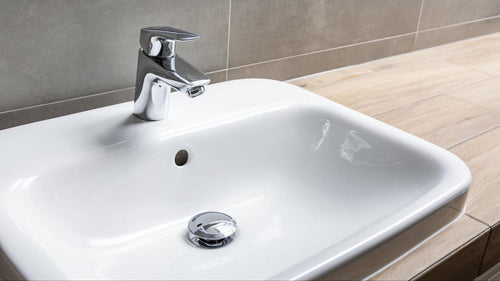










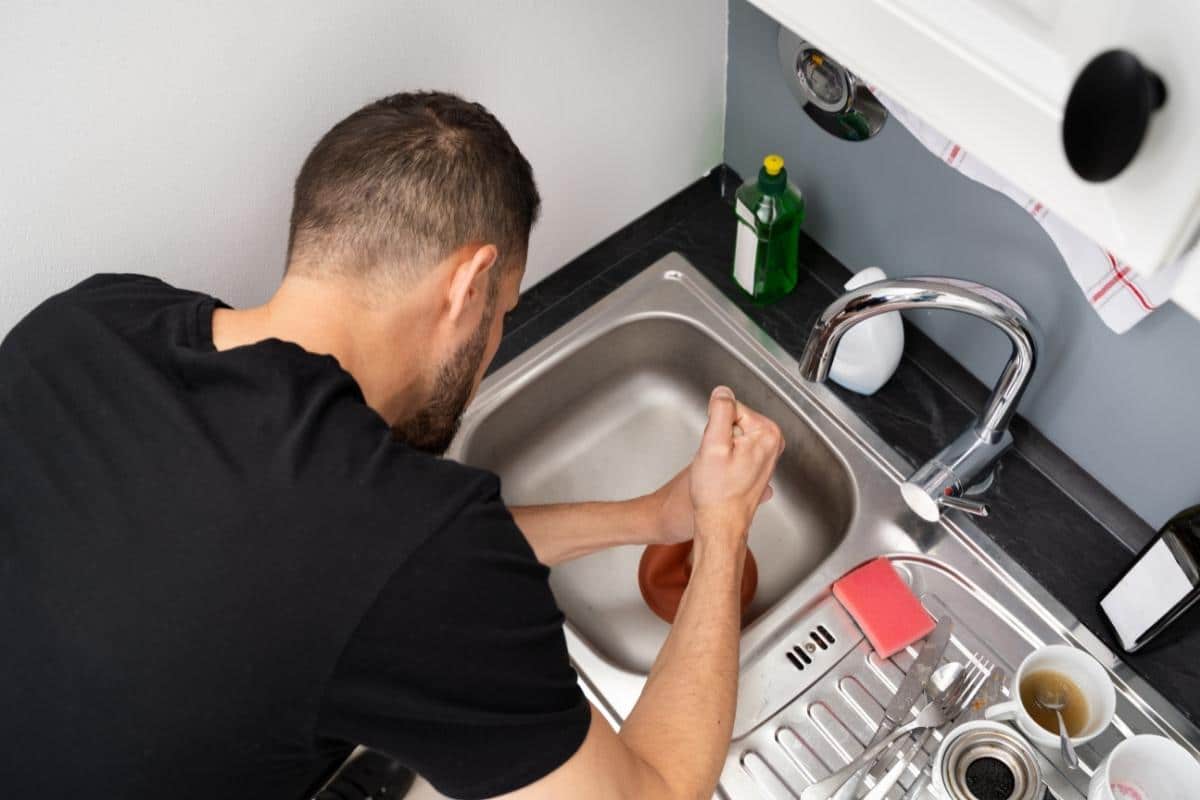







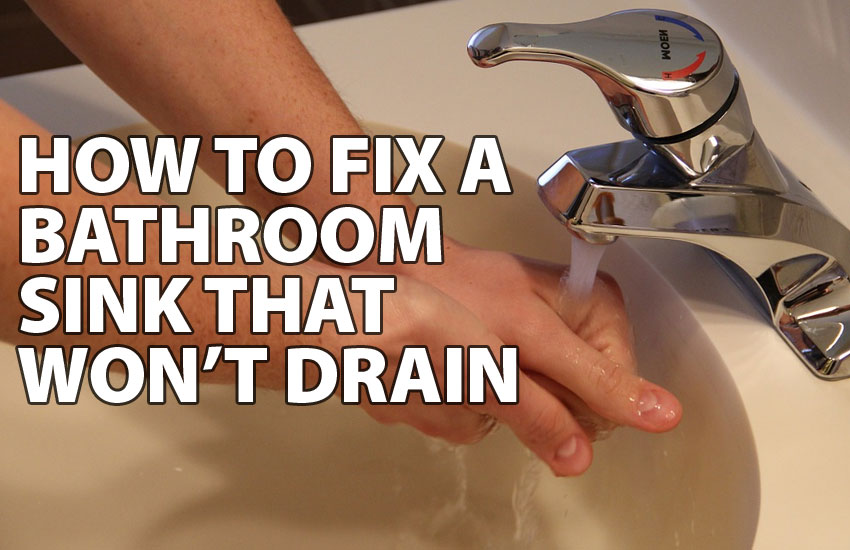









/bathroom-sink-drain-installation-2718843-03-6fee5b9d9f7d475abfe06a95ddb1f695.jpg)



/bathroom-sink-drain-installation-2718843-01-4955fe1f576b447a91abe51c126d220b.jpg)

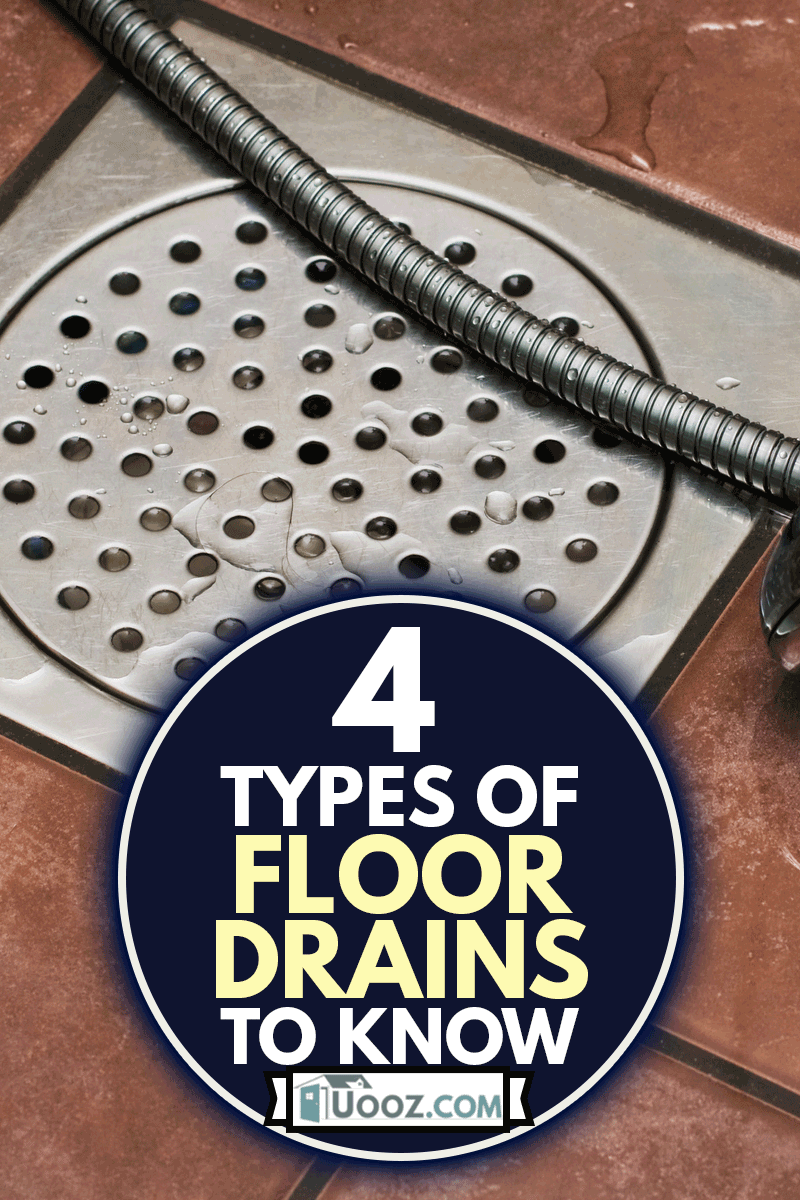

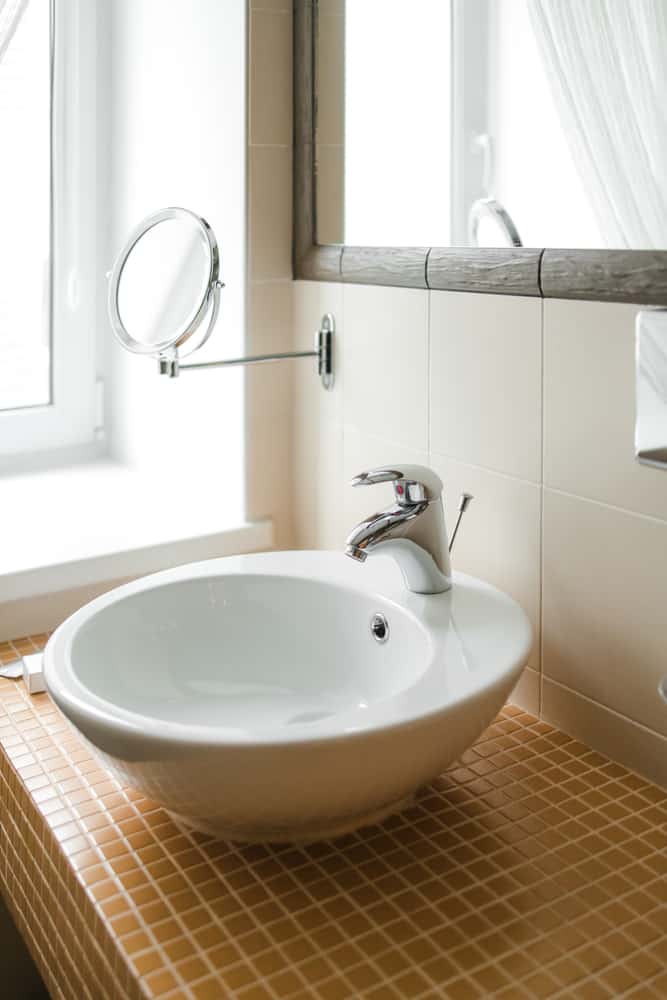


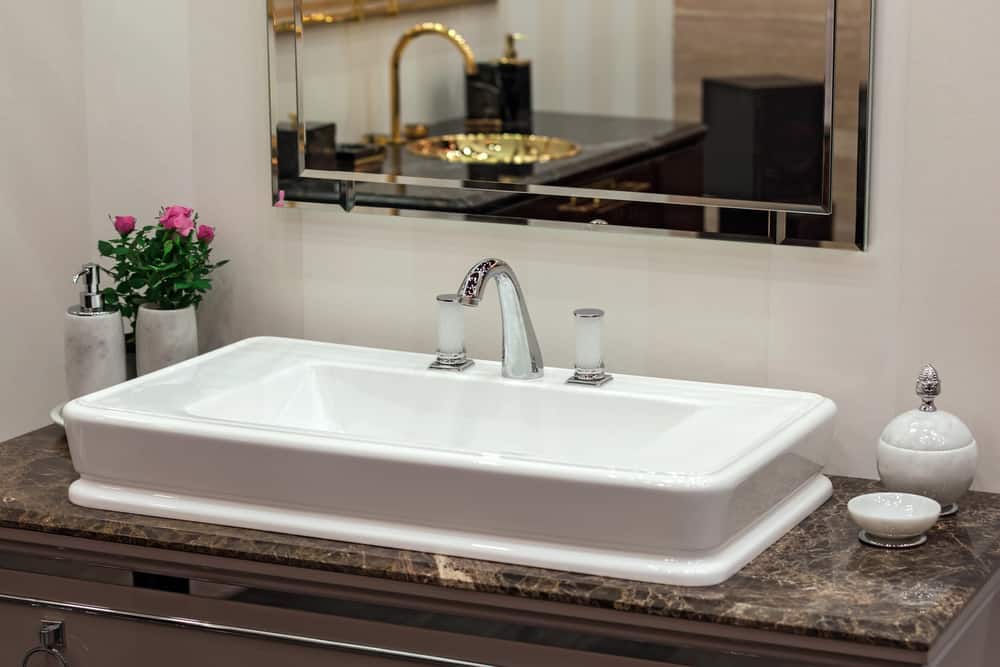
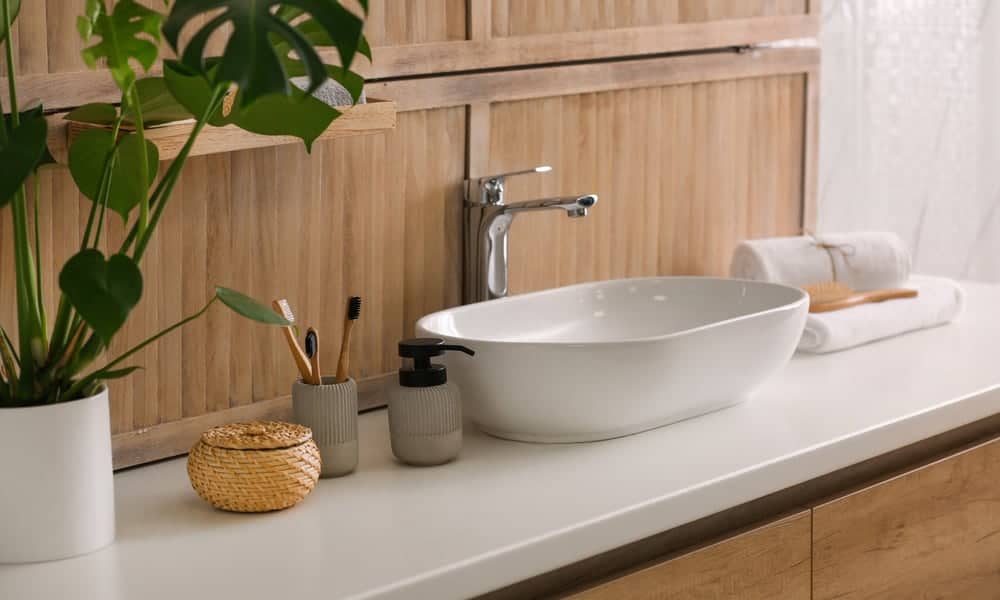

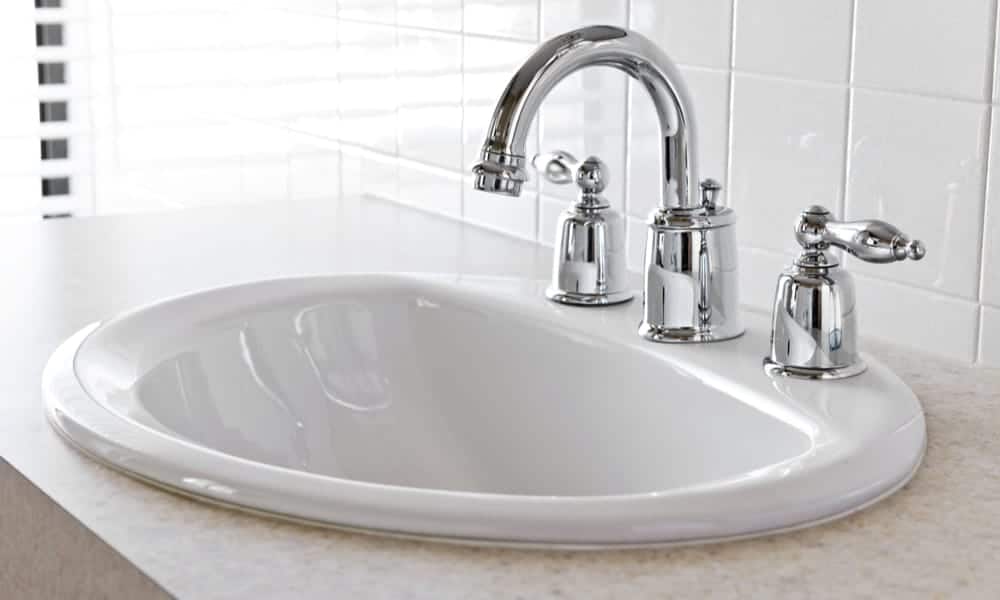




:strip_icc()/how-to-clean-a-bathroom-sink-drain-01-c728294c8bee42428afdf3e69f449279.jpg)
